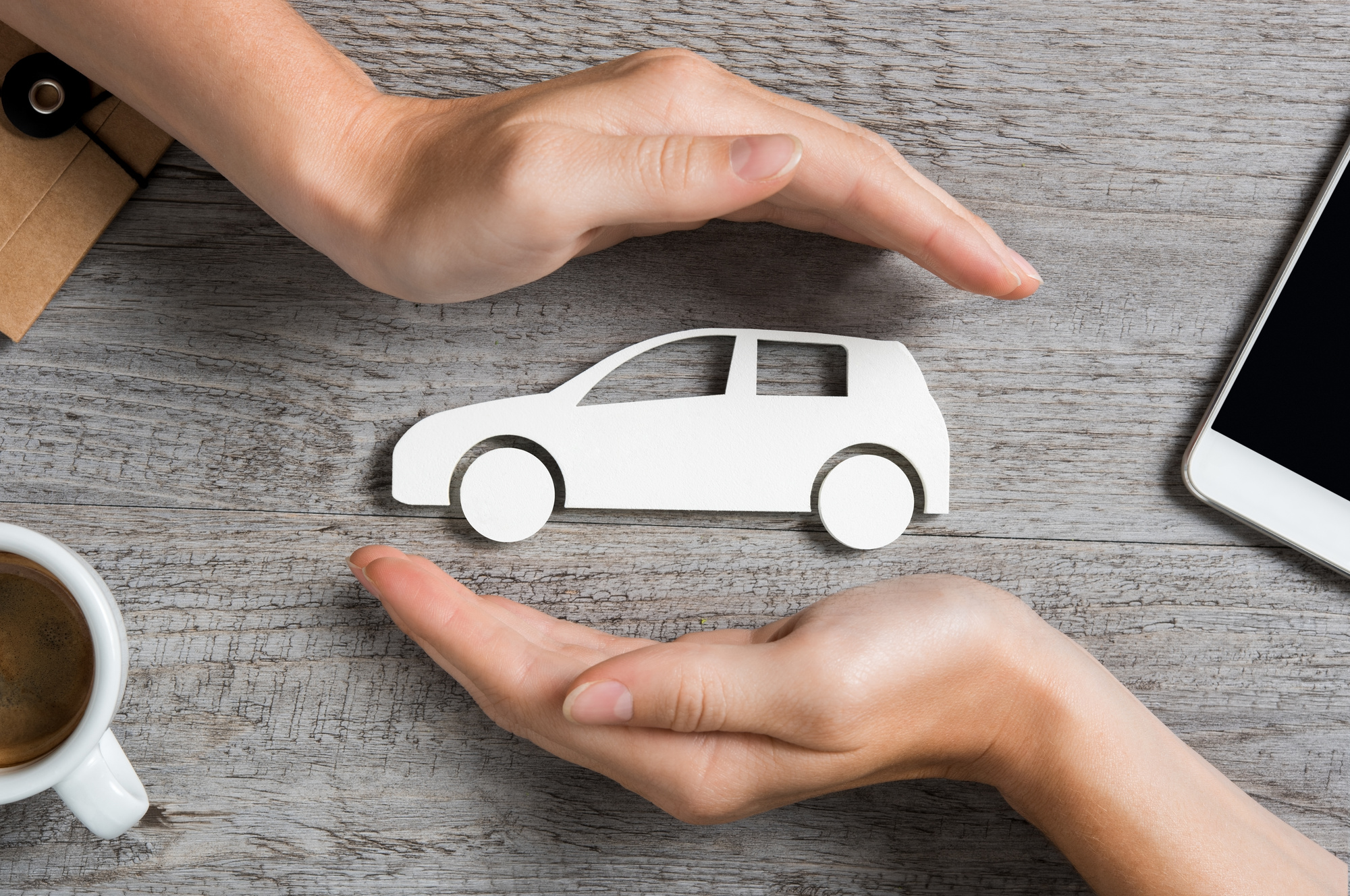The average person pays around $1,070 yearly for their car insurance.
But why doesn’t everyone pay the same rate? Insurance companies base rates on multiple factors, including a person’s age, vehicle, and risk level. They also base the costs on the types of insurance the person needs and wants.
You can choose what types of insurance you want, but you’ll need to learn the different types of car insurance to ensure you select the suitable types.
Are you interested in learning these? Keep reading to learn about the most common types of car insurance coverage you can purchase.
Liability Insurance
The most basic form of car insurance you can buy is liability coverage. In fact, you need liability coverage to meet the state requirements for auto insurance.
While liability coverage primarily protects other people, it also protects you.
It protects others by offering compensation if you cause an auto collision that leads to another person’s injuries or property damage. So, for example, when you cause a crash, your policy pays the damages.
Therefore, it also protects you, but in a different way. It protects you by paying the damages. You’d be responsible for paying the damages if you didn’t have liability insurance, as the injured person could sue you.
Full-Coverage Insurance
The next type of car insurance includes several different kinds. Many call it full-coverage insurance, which means it protects you if you cause a collision. However, it’s different protection than what liability offers.
Collision Coverage
So, first, you have collision coverage. Collision coverage is necessary if you have a car loan, but you can buy it even if you don’t have a vehicle loan.
A collision-coverage plan compensates you for your vehicle if you damage it by causing a collision. While liability coverage pays for another person’s damages, collision pays for yours.
Comprehensive Coverage
Secondly, you have comprehensive coverage. Comprehensive insurance is also typically needed when you have a vehicle loan. But, again, you can buy it even if you don’t.
Comprehensive also compensates you when you experience vehicle damage. However, it covers events that collision coverage doesn’t include.
For example, it covers damages caused by animal collisions. It also covers damages you experience from hail denting your car or a tree falling on it.
In addition, it also covers the damages if someone steals your car or breaks into it. So, as you can see, comprehensive insurance is essential.
Choosing Liability vs. Full-Coverage
If you’re looking for car insurance for teens or yourself, you might want to base your decision on two things: price or amount of coverage.
Choosing a liability-only policy results in lower car insurance rates than full-coverage. Liability-only policies offer cheap auto insurance.
However, choosing full coverage provides more protection. You can always get a quote for both types before deciding.
Uninsured and Underinsured
The next kind of insurance you should learn about comes as a bundle and includes two types: uninsured and underinsured.
These are handy to have if you ever encounter a collision caused by someone without insurance or without enough car insurance. The best auto insurance plans come with this bundle.
Uninsured is a form of car insurance coverage that compensates you when an uninsured driver causes a collision. When someone drives without car insurance, they won’t have a policy to provide financial compensation to you.
Therefore, you’d need to file a claim with your uninsured coverage to receive compensation. However, you might also be able to sue the driver for failing to abide by the legal car insurance requirements in your state.
Underinsured provides additional compensation to you when someone’s insurance policy doesn’t compensate you for the full amount of your damages.
So, when you’re looking into car insurance policies, you might want to ask if they include these coverage types.
Medical Payments Coverage
The next coverage type to consider is medical payments coverage. The purpose of this coverage is to compensate you and your passengers for medical costs related to injuries from a car accident.
Typically, it doesn’t matter if you caused the collision or someone else did. Medical payments coverage provides money to pay for the medical care you need regardless of fault. In addition, it covers your passengers.
When buying car insurance, this coverage is a helpful one to include in your plan.
Gap Insurance
Some people benefit by adding gap insurance to their policies. You can generally add gap coverage to a full-coverage auto insurance policy, but you might not need it.
Gap coverage serves one vital role: it covers the deficit between your car’s loan amount, and it’s current value. This coverage only applies when you total your vehicle and owe money to a car loan lender.
For example, suppose you totaled your vehicle in a collision. The insurance company appraises your car to determine its value just before the collision.
If they say its value was $20,000, they’ll give you $20,000 for it. However, what happens if you owe $23,000 on the vehicle? If you have gap coverage, this coverage pays the $3,000 deficit instead of making you pay it.
SR-22 Insurance
Finally, you might encounter a time when you need SR-22 insurance. SR-22 is a high-risk form of car insurance that some people need to keep their driver’s license.
This insurance type isn’t available through all insurance companies, and most people never need it. You’ll only need to purchase it if you have to, and your state will notify you if this is the case.
Consider the Different Types of Car Insurance to Choose Your Coverage
Knowing the different types of car insurance is helpful when choosing your coverage. You’ll save money by selecting a liability-only policy, but you won’t have as much protection. Therefore, take your time when picking your plan.
If you enjoyed reading this article, check out the other articles on our site.

